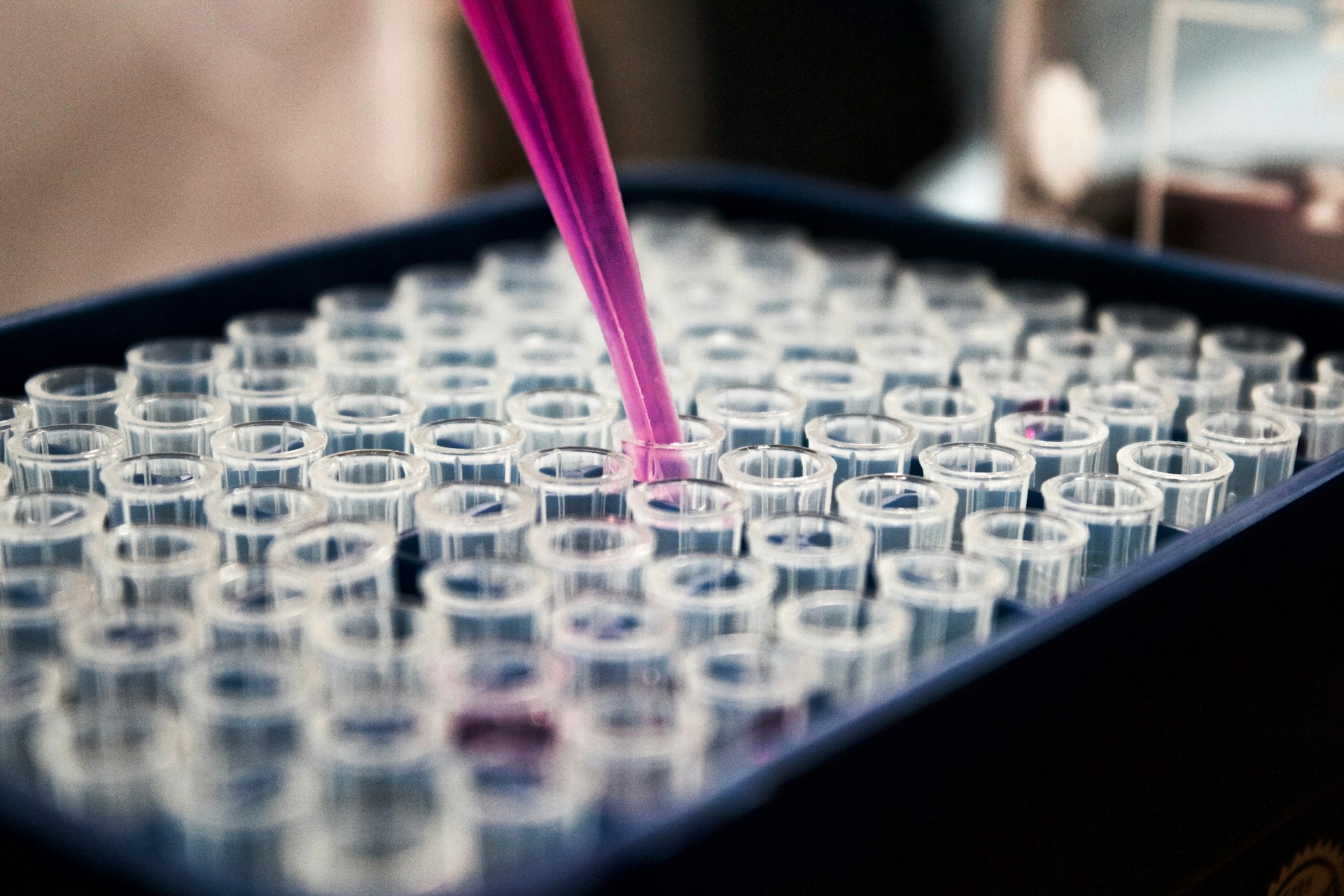
Stem Cell Banking at Birth
What UK Parents Need to Know


Stem Cell Banking at Birth: What UK Parents Need to Know
Bringing a baby into the world is an incredible journey filled with decisions—from choosing a birth plan to picking out tiny outfits. One option that many UK parents are now considering is stem cell banking—the process of collecting and storing your baby’s umbilical cord blood and tissue for potential future medical use. But what is it, and is it the right choice for your family? Let’s break it down.
What Is Stem Cell Banking?
Stem cell banking involves collecting and preserving the stem cells found in your baby’s umbilical cord blood and tissue at birth. These cells are special because they can develop into different types of blood and tissue cells, which means they could be used in treating various medical conditions in the future.
There are two main types of stem cells collected at birth:
Cord Blood Stem Cells – These are already used in treatments for blood-related conditions such as leukaemia, anaemia, and immune system disorders.
Cord Tissue Stem Cells – These have the potential to repair and regenerate tissue, which could one day help with conditions like arthritis or spinal cord injuries.
Why Do Parents Choose to Bank Stem Cells?
Stem cell banking is often seen as a form of biological insurance. While your baby may never need them, stored stem cells could be valuable if a medical issue arises later in life. Some key reasons parents consider this option include:
Medical Advancements – Research into stem cell therapy is rapidly evolving, with potential future uses including regenerative medicine and even treating neurological disorders.
Family Health History – If your family has a history of conditions treatable with stem cells, banking could provide peace of mind.
A Perfect Match – Stem cells from your baby are a 100% match for them and may be a match for siblings or other family members.
Limited Opportunity – The umbilical cord is only available at birth, making this a once-in-a-lifetime chance to store these valuable cells.
Public vs. Private Stem Cell Banking in the UK
In the UK, there are two main options for stem cell banking: public donation and private banking.
1. Public Stem Cell Donation
Available through the NHS Cord Blood Bank and charity organisations like Anthony Nolan.
Collected for free and stored for anyone who needs them, similar to a blood donation.
You won’t have personal access to these stem cells if needed in the future.
2. Private Stem Cell Banking
Allows you to store your baby’s stem cells exclusively for your family’s use.
Costs typically range from £1,500 to £3,000 for collection, processing, and storage.
Offered by private companies such as Smart Cells, Cells4Life, Future Health Biobank, and Biovault Family.
Some parents opt for dual banking, donating a portion to a public bank while storing some privately.
How Is Stem Cell Collection Done?
The process is quick, painless, and safe for both mother and baby: After birth, once the umbilical cord is clamped and cut, a healthcare professional collects the remaining blood and tissue. The sample is processed and cryogenically frozen in a specialist facility. If ever needed, the stem cells can be thawed and used for medical treatments.
💡 Can You Have Stem Cell Banking with Delayed Cord Clamping? Yes! Many parents worry that choosing delayed or optimal cord clamping means they cannot collect stem cells, but this is not the case.
Delayed Cord Clamping (DCC): Stem cell collection can still take place after a short delay in clamping the cord. A trained professional ensures that enough blood remains for storage.
Optimal Cord Clamping (OCC): Even with longer delays, some private banks may still be able to collect viable stem cells from the residual cord blood and tissue.
Balancing Both: If you’re considering both delayed clamping and stem cell banking, discuss your preferences with your midwife or provider to create a plan that supports both goals.
Are There Risks or Downsides?
While stem cell banking has exciting potential, it’s important to weigh up the considerations:
Cost – Private banking is a significant investment with no guarantee of needing the stem cells.
Medical Limitations – Current treatments are limited, though research is advancing.
Ethical Considerations – Some believe public donation is a more socially responsible choice.
Is Stem Cell Banking Right for You?
Deciding whether to bank stem cells is a personal choice. If your family has a medical history that could benefit, or if you simply want peace of mind, it may be worth considering. However, it’s also okay to opt-out, as future treatments may still be available through public banks or new medical advancements.
The best step? Do your research, ask your healthcare provider, and decide what feels right for your family.
Would you like support in planning your birth with confidence and clarity? Book a free clarity call with me to discuss your birth preferences, relaxation techniques, and all things pregnancy and postpartum!